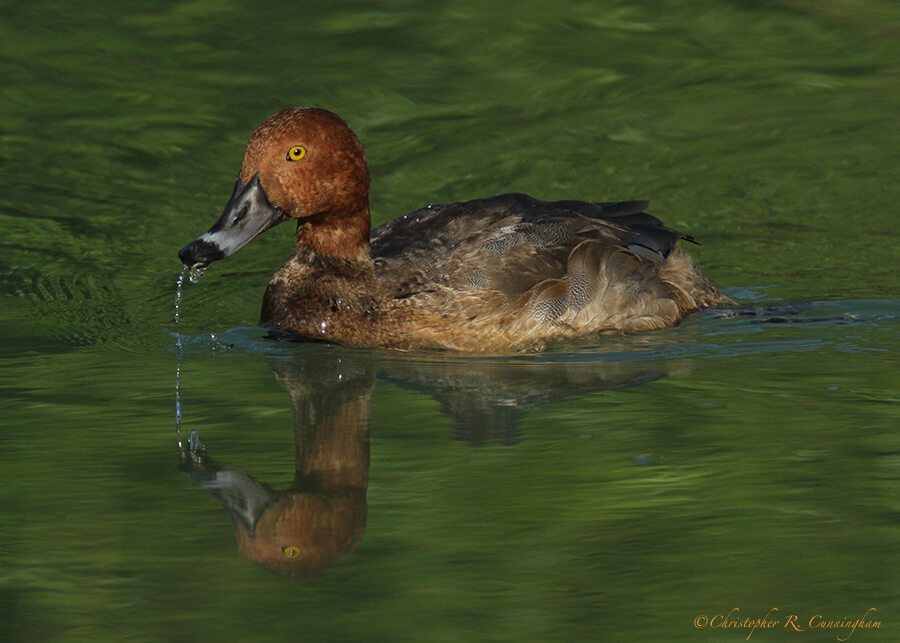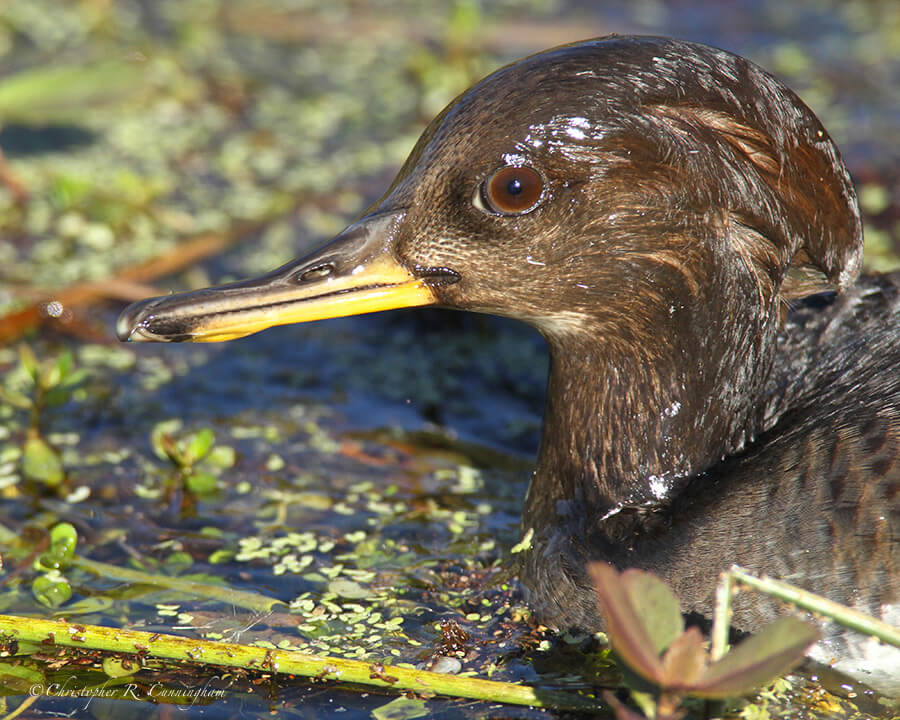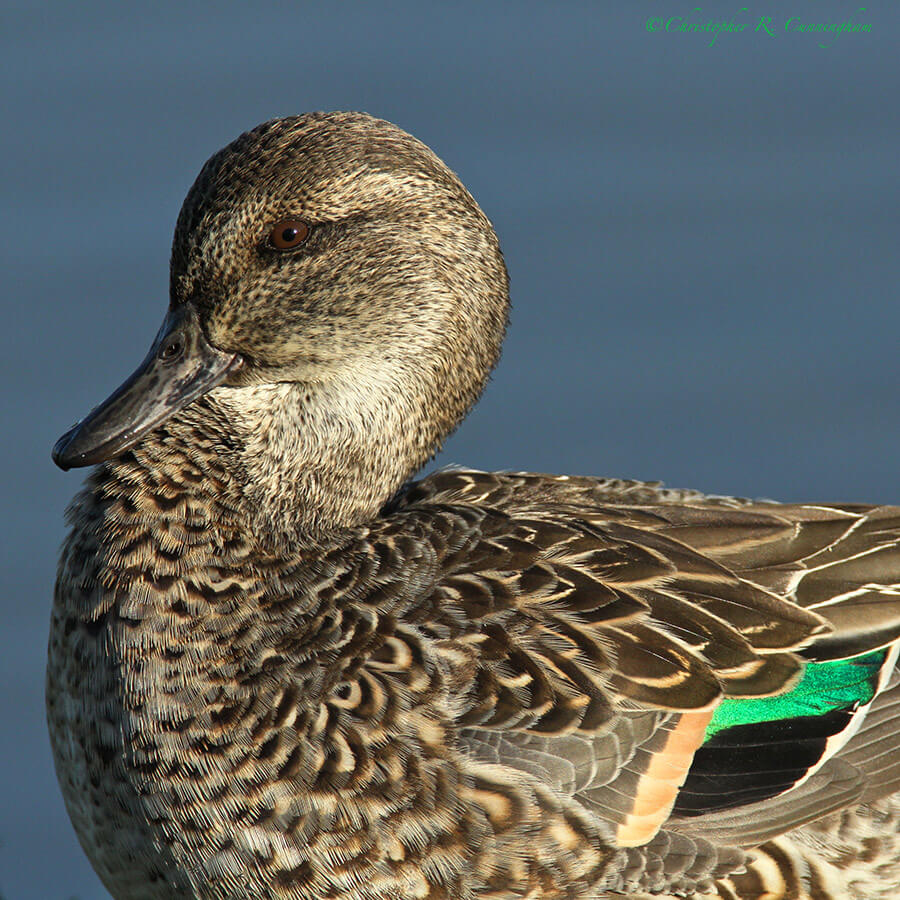
Over a three-day period this Thanksgiving Holiday we visited a number of our favorite Coastal Bend birding haunts in and around Port Aransas and Corpus Christi. These included Paradise Pond, the Leonabelle Turnbull Birding Center, the Nature Sanctuary at Charlie’s Pasture (all Mustang Island), and San José Island, and the Hans and Pat Suter City Wildlife Nature Park in Corpus Christi. And yes, when it was over we were wiped out!
All of these sites were flush with birds, except San José Island which proved to be such a disappointment that we found ourselves photographing crabs! With the exception of San José, all of these sites are really better for birding than for bird photography for one simple reason: Narrow boardwalks make tripods problematic, especially when other birders are present.

Highlights of these late Fall and early winter trips to the Coastal Bend are often the waterfowl. You just can’t beat a crisp morning with formations of ducks and geese overhead and wet, feathered-friends paddling peacefully around the waterways. Although we saw plenty of ducks and geese, seeing vast tracts of prairie and wetland without a single bird (and often hearing the crack of gunfire in the background) got me wondering about duck populations in North America.
A quick survey of a recently published U.S. Fish and Wildlife Service report reassured that duck numbers are (in general) large by “historical” standards. This report presented data but provided little analysis or discussion. Overall, a few duck species are down relative to recent years, but the total number of ducks is close to 50 million. So humans must not be adversely affecting waterfowl populations, right?
Wait! The above cited historical quantitative records of duck numbers begin in 1955. The 1930’s (think Dust Bowl), 40’s, and 50’s were times of drought across North America. Could it be that our concept of how many waterfowl there “should be” in wetter times is too low? Again according to the report, some duck species (Northern Shoveler, Redhead, Blue-winged and Green-winged Teal, and Gadwall) show a steady increase in numbers, with minor ups and downs, beginning in the mid-1950’s—perhaps indicating a recovery from a time of ecological decimation? Given the interplay of anthropogenic, meteorological, and ecological influences, we’ll never know for sure what waterfowl populations would look like without the pervasive human impacts of the past fifty years. But in North American waterfowl numbers there is certainly food for thought.

The fallacy of presentism is a complex anachronism, in which the antecedent in a narrative series is falsified by being defined or interpreted in terms of the consequent.—David Hackett Fischer, Historians’ Fallacies
©2014 Christopher R. Cunningham. All rights reserved. No text or images may be duplicated or distributed without permission.